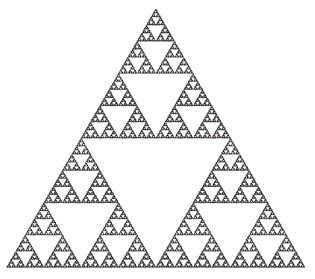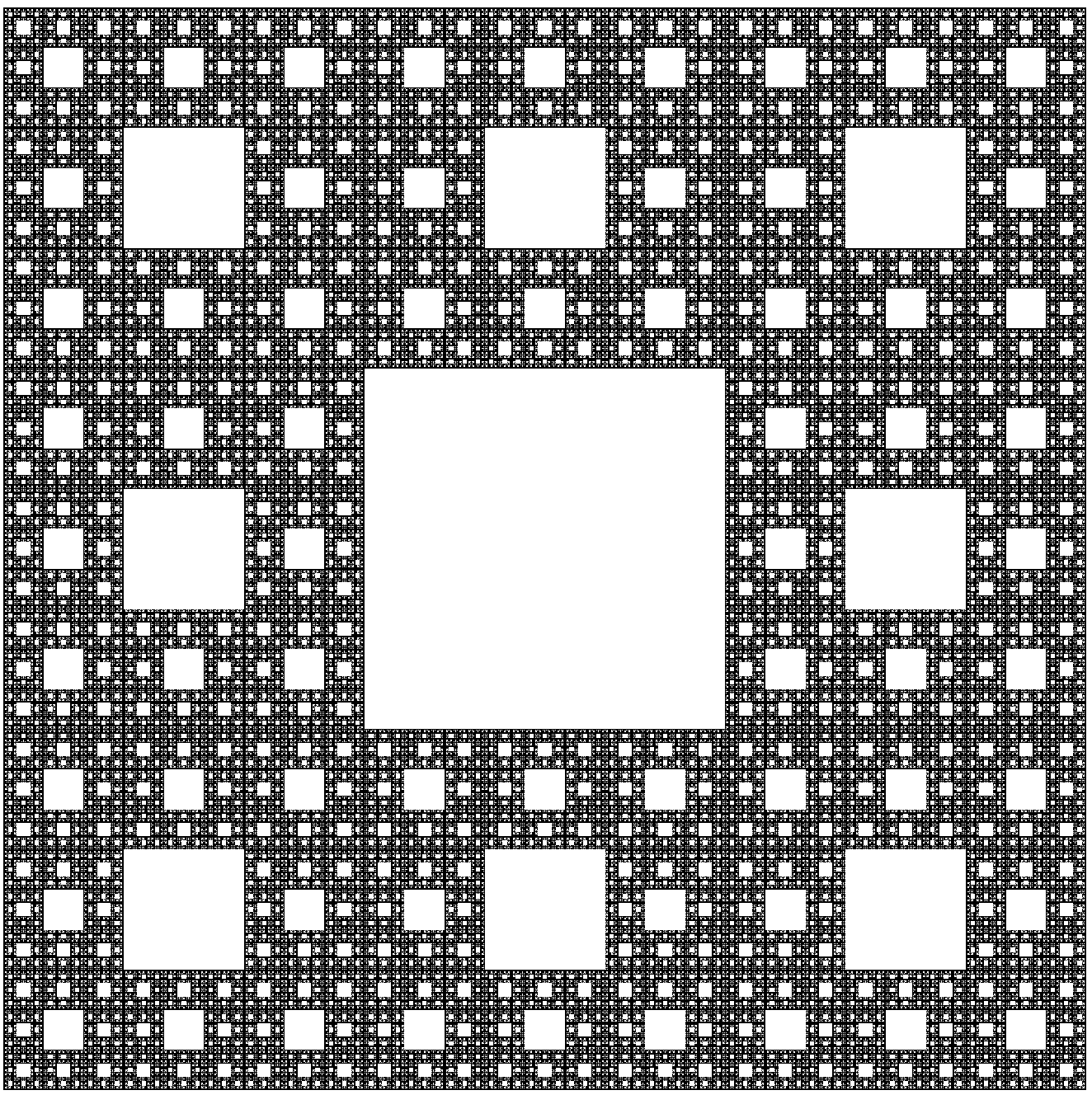-
► On the Assouad dimension of self-similar sets with overlaps (with A. M. Henderson, E. J. Olson & J. C. Robinson), arXiv
Advances in Mathematics, 273, (2015), 188-214.
-
► Assouad type dimensions and homogeneity of fractals, arXiv
Transactions of the American Mathematical Society, 366, (2014), 6687-6733.
-
► On the equality of Hausdorff measure and Hausdorff content (with Á. Farkas), arXiv
Journal of Fractal Geometry, 2, (2015), 403-429.
-
► First and second moments for self-similar couplings and Wasserstein distances, arXiv
Mathematische Nachrichten, 288, (2015), 2028-2041.
-
Assouad dimension of self-similar and self-affine sets -
used for various seminars, from around 2013
 |
 |
On the left is the Sierpinksi Triangle and on the right is the Sierpinski Carpet: two familiar examples of self-similar sets.